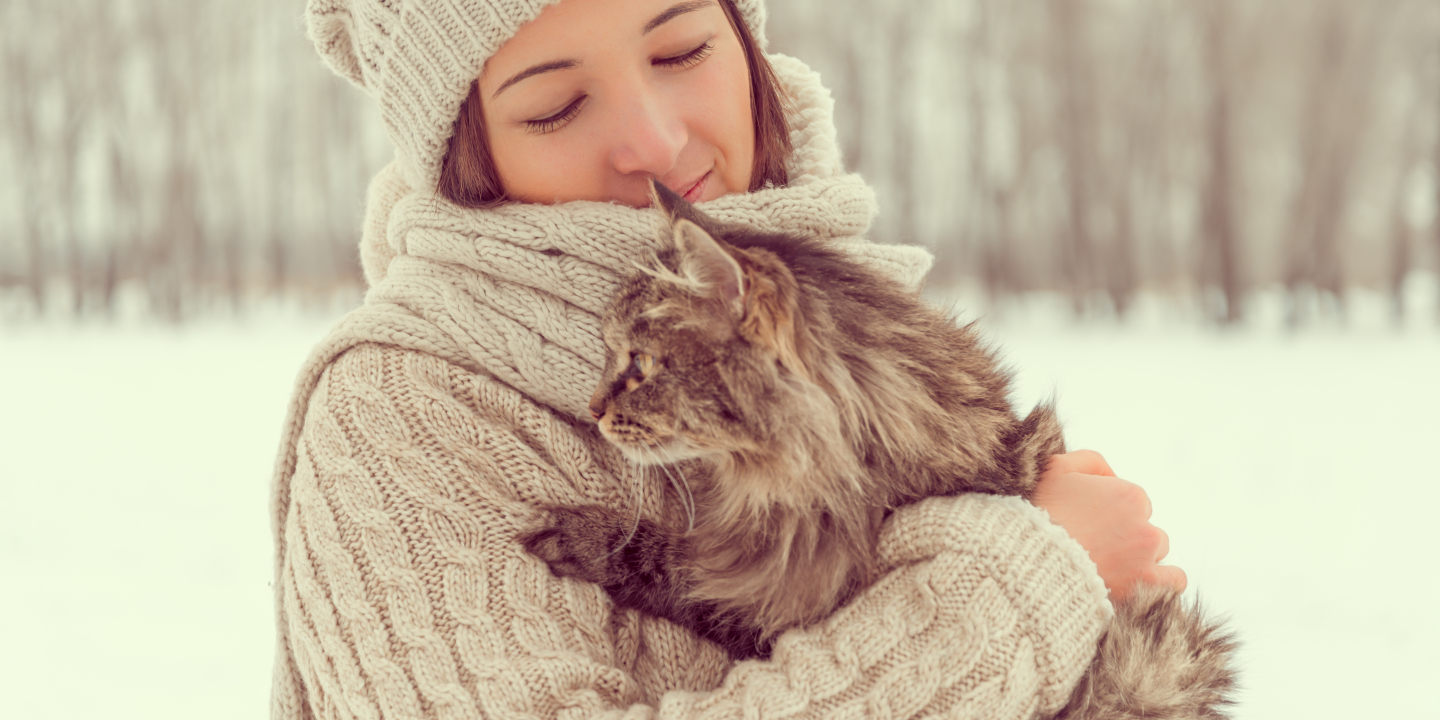Ask Elizabeth: Care of Obese Cats
Q: Dear Elizabeth: Our cat, Mugs, weighs 26 pounds. He has eaten nothing but diet cat food for two years and has gained four pounds! What can we do to help our large boy?
A: You may not be aware of this, but I, too, struggle with my weight! I arrived at the Feline Health Center slightly chubby, but healthy. Unfortunately, like many indoor cats, my energy expenditure each day was more than matched by my caloric intake. As is true for you humans, my furry body is just like a machine: If fuel input in a day exceeds energy output, the remainder is stored -- as fat, which is unsightly around my middle -- and unhealthy, too. My obese friends have a higher incidence of diseases such as diabetes mellitus and suffer more from conditions like arthritis.
Nutritionists aren't certain of the causes of obesity in cats but suspect that genetics play a role, as do behavior and lifestyle. In general, cats that have their food delivered to them in a bowl expend fewer calories each day than feral cats, which must hunt for their meals. Within the category of pet cats, those that live strictly indoors expend fewer calories than those that go out and about.
So imagine my difficulty: I'm an indoor cat that enjoys lounging, I seem to gain weight easily (a family trait, I suspect), and my adorable nature encouraged my friends at the FHC to overindulge me at mealtime. I won't even mention the between-meal snacks that I used to get from visitors and friends! Within a few short months at the Feline Health Center, I was clearly on my way to obesity. To get my weight under control a "tough love" approach was used. My weight loss program was simple, but effective:
(1) A strict, calorie-controlled diet
My diet was based on the idea that a cat will lose weight slowly, steadily and safely if given about 70 percent of the calories needed to maintain ideal weight. My daily calories for weight loss were determined to be about 154 kcals per day.
- Elizabeth's ideal weight was estimated to be 11 pounds (5 kilograms). Your veterinarian can help you determine your cat's ideal weight.
- Daily calories needed to maintain ideal weight have been calculated in a few different ways. An equation commonly used is: 30 times body weight in kilograms, plus 70. For Elizabeth's ideal weight of 5 kg, that translated into 220 kilocalories per day (30 X 5 + 70= 220 kcal).
- For weight loss, offer 70 percent of the maintenance calories per day. For Elizabeth that was: 0.70 X 220 kcal = 154 kcal/day.
The next step was to determine the number of calories in each can of cat food I was eating. Calorie content is not generally listed on pet food labels; a call to the manufacturer is the most direct way to obtain this information about a particular product. My preferred cat food contains 116 kcals per 5.5 ounce can, so I am offered one and one-third cans each day, with no between meal snacks or people food.
(2) More exercise
I can hear you now: "Mugs will NEVER do sit-ups!" Of course not, and neither will I, but I do get lots more exercise now. I am encouraged to take "healthy steps" by having my favorite lounging cushion placed where I must climb and jump to get to it, and my food is prepared in a room that I have to hike to. Remember those snack-bearing visitors? Now they bring me toys, instead, and spend some time playing with me to get my mind off my belly. Sometimes they even bring cat nip! The combination of a calorie-controlled diet and increased exercise has been a great success for me. My best advice for you and your large friend, Mugs, is to see your veterinarian for help in coming up with a similar program. He or she will also make sure that Mugs is well and free of health issues before embarking on his diet. Good luck!
Love, Elizabeth




